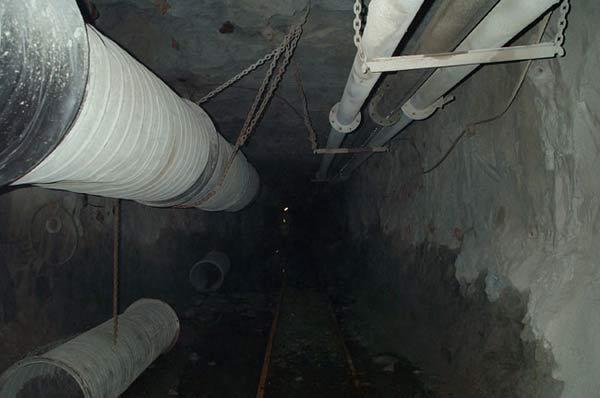
Microbe Census to Delve Deep for Earth's 'Invisibles'

MINNEAPOLIS — Scientists have embarked on a large-scale project to hunt down and formally identify a mysterious group of microbes whose varieties alone likely number in the millions.
The task is a tricky one because these microorganisms are literally out of sight, because of both their size — like all of their single-celled brethren, they are too tiny to be seen with the naked eye — and where they live.
The project, called the Census of Deep Life, is aimed at quantifying and classifying the microbes that dwell deep beneath both continents and oceans, from around 6 to 60 miles (10 to 100 kilometers) within the Earth's crust. [Infographic: Tallest Mountain to Deepest Ocean Trench]
Denizens of the deep
Little research has been done to identify the unicellular denizens of the Earth's inhospitable depths. An ocean microbe census indicated that as many as a billion kinds of microorganisms live in the planet's seas, but the deep Earth is more difficult to access, and microbial populations are more sparsely distributed.
Yet the data that are available on crust-dwelling species suggest that as many as several million categories of bacteria and their unicellular relations could live in the planet's deeps.
"This is what you could call 'invisible life' — without the right tools," said project head Rick Colwell, a geomicrobiologist at Oregon State University who gave a talk here yesterday at the meeting of the Geological Society of America. "Occasionally they accumulate in enough quantity where you can actually see them — in biofilms — but usually they're discrete, minute cells."
Sign up for the Live Science daily newsletter now
Get the world’s most fascinating discoveries delivered straight to your inbox.
Researchers have their work cut out for them, and not just because their quarry lives in such exotic locales.
Because microbes find sneaky ways of swiftly altering their genetic code, it can be a slippery business to identify a microbe "species," Colwell told OurAmazingPlanet.
However, microorganisms don't bend all the rules that govern larger life forms, he said.
"They require some way of collecting energy, they evolve, they grow, they have capabilities of replicating their DNA," Colwell said.
Drilling down
The project is inspired, in part, by the Census of Marine Life, a massive, decade-long investigation into what lives in Earth's oceans. Over the course of the study, scientists from 80 countries found more than 6,000 potentially new species in ocean waters, and completed formal descriptions of more than 1,200.
For the census-takers of microbes, it's a huge challenge to identify distinct species.
"Microbiologists have tried to do so the way traditional biologists have, but they're frustrated by this because microorganisms tend to trade DNA," Colwell said. In fact, microbes can swap DNA by merely engaging in what amounts to hand-holding.
Such a cavalier exchange of genetic material makes it difficult to unequivocally differentiate one group of microorganisms from another.
However, the microbe census is focused on getting samples from deep, isolated communities that have been left to their own evolutionary devices for long periods of time, and may have distinctive genetic characteristics.
The project receives rock and fluid samples retrieved from diverse environments such as caves, mines, and drill projects on land, and from projects in the ocean that have drilled deep beneath the seafloor.
Once the samples are in the lab, researchers have a suite of techniques at their disposal to hunt around for microbe DNA, and specifically for 16S rRNA, a gene that Colwell called "card-carrying evidence that you are alive."
And although microbes are indeed alive, finding a good way to classify them is a challenge. Even saying that one has identified a species can prove provocative among those who study them, Colwell said.
"We really are still struggling with this concept," he said.
This story was provided by OurAmazingPlanet, a sister site to LiveScience. You can follow OurAmazingPlanet staff writer Andrea Mustain on Twitter: @andreamustain. Follow OurAmazingPlanet for the latest in Earth science and exploration news on Twitter @OAPlanet and on Facebook.









